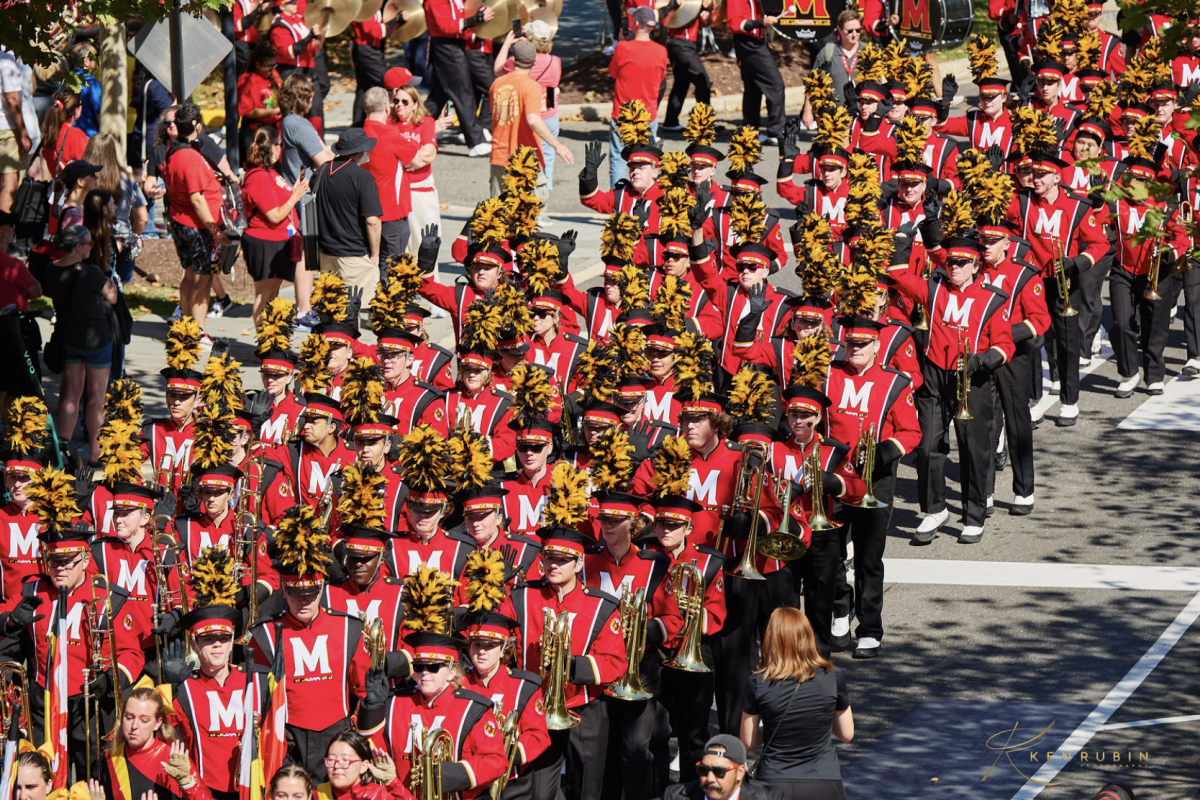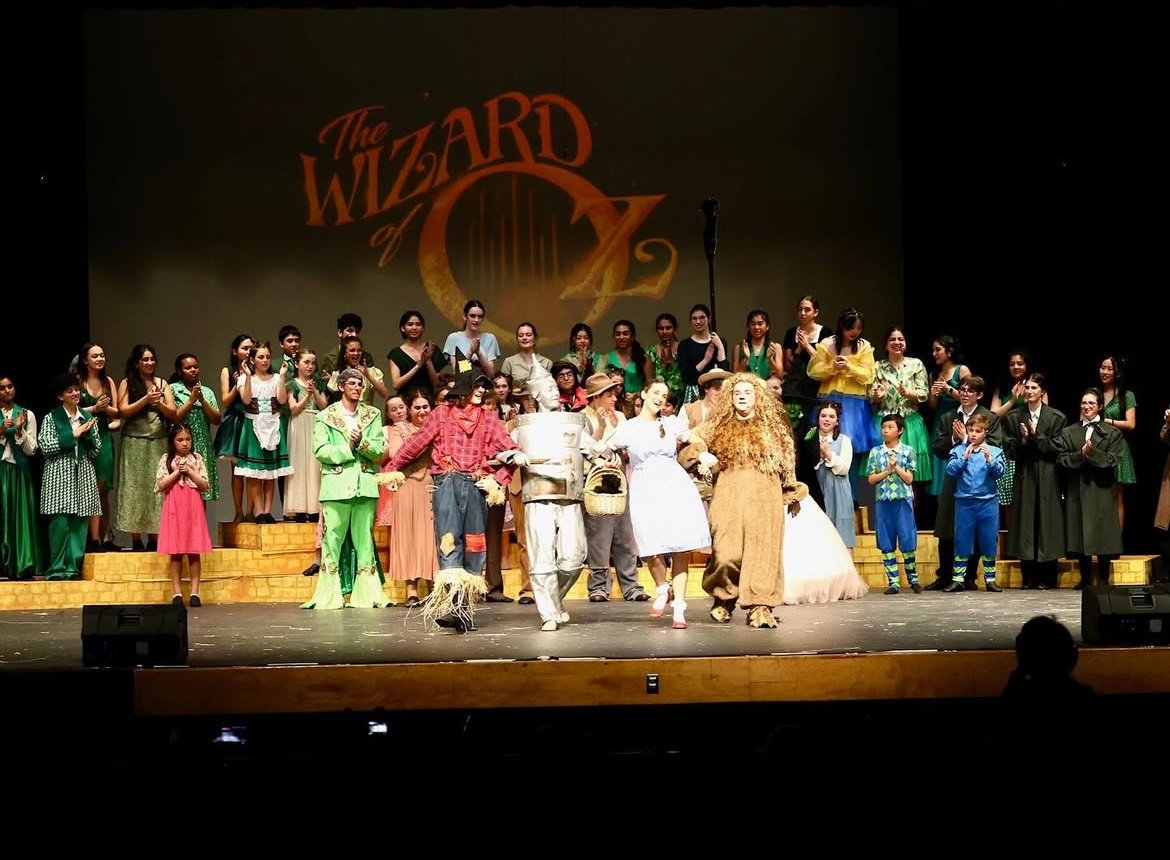The annual Chinese New Year, also known as the Spring Festival or the Lunar Year, is recognized as one of China’s most prominent and social holidays. Each year, Chinese people all across the globe celebrate this important event in appreciation of their ancestors, heavenly gods and their own households by coming together with their families, neighbors and communities. Although the holiday is more notably celebrated in China, those of Chinese heritage outside of the nation carry on the tradition and host festivities such as parades and feasts.
The dates of past Chinese New Years have been decided in conjunction with the ancient Chinese calendar which, according to History.com, “functioned as a religious, dynastic and social guide.” The calendar has been suspected to have been around since at least as early as the 14th century B.C. as oracle bones, pieces of ox scapula or turtle plastron gave evidence of a lunisolar calendar due to their inscriptions of astronomical records. There are two distinct components that make up the Chinese calendar, the infamous Yin and Yang symbols, which represent harmony on Earth, and the 12 Chinese zodiac signs, the rat, ox, tiger, rabbit, dragon, snake, horse, sheep, monkey, rooster, dog and pig. This year just so happens to be the year of the rooster, the last one being in 2005, as the ancient calendar turns to year 4715. “One animal represents your birth year and holds many fortunes,” sophomore Justin Dasuki said. “Your zodiac is known to have a great influence on your life.”
Chinese New Year is an opportunity for families to reunite and gather for a grand feast on New Year’s Eve. The meal consists of a plethora authentic Chinese cuisine such as fish and dumplings, which both symbolize prosperity. To add to the festivities of New Year’s Eve, those who celebrate typically launch fireworks into the night sky as a hopeful device to drive away evil spirits. It’s also believed that whoever lights the first firework of the evening is guaranteed to have good luck throughout the year. Another typical Chinese New Year tradition is the giving of special red packets to children and the elderly by adults; the packets hold up to 1000 Yuan, Chinese currency, and are presented in hopes of suppressing evil, keeping the children healthy and elongating their lives.
Every year, Washington D.C. holds a massive Chinese New Year parade, with this year’s taking place on Jan. 29. Locally, celebrators want to elevate the status of the holiday as Chinese teacher Hsiujane Chang said, “Learning about Chinese New Year gives people an opportunity to understand others and communicate better between different cultures.”
James Barberis
Staff Writer








